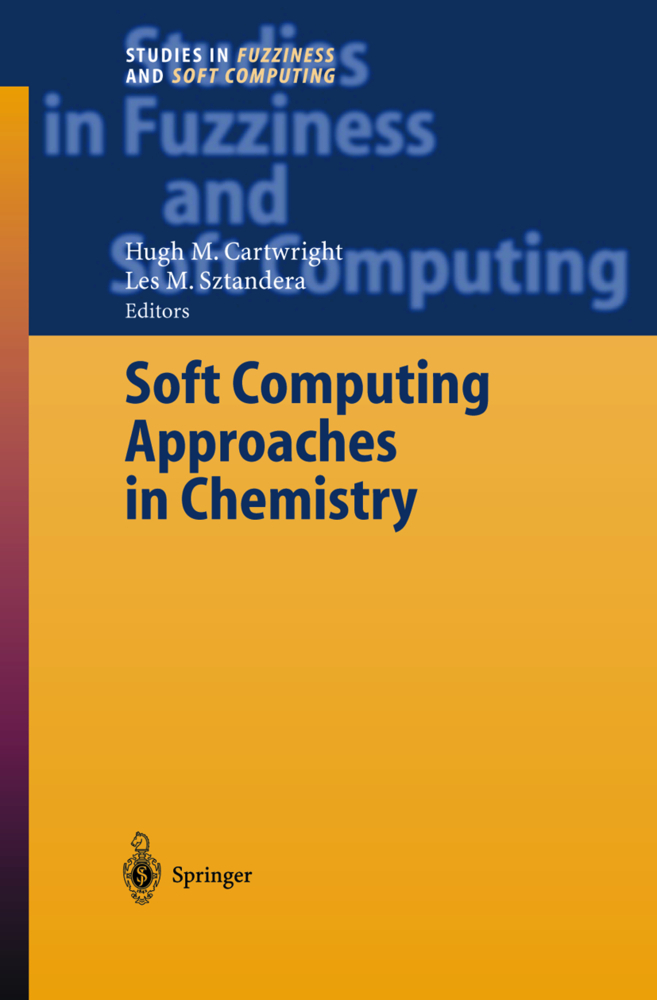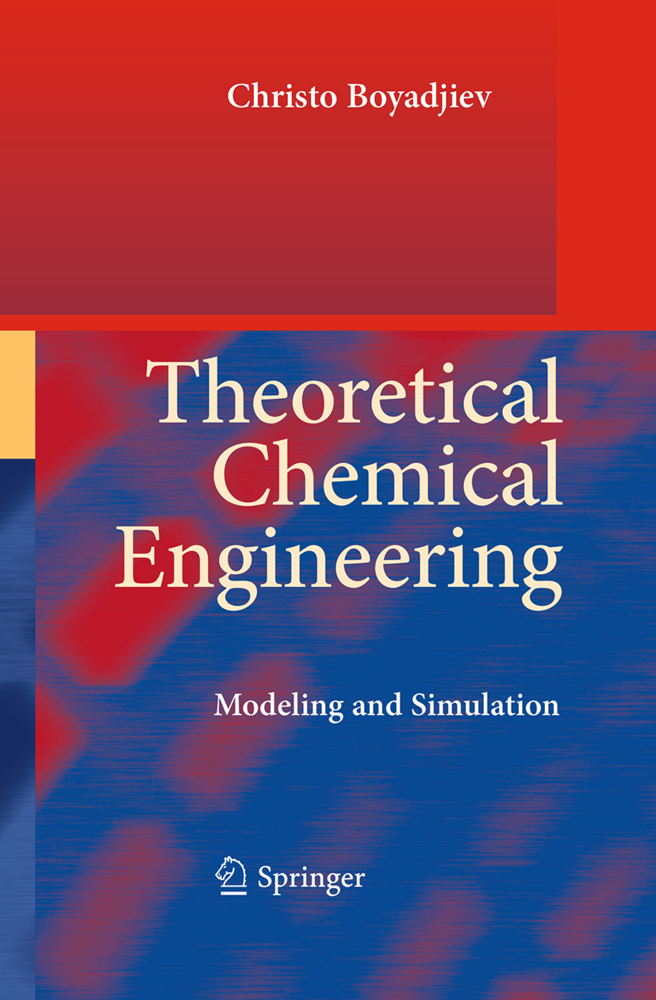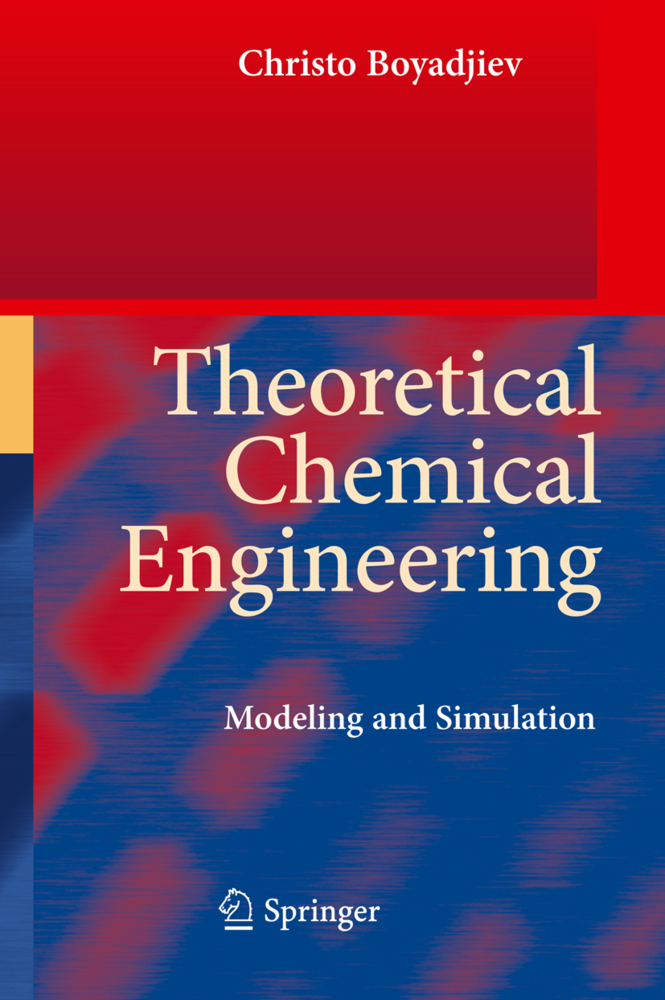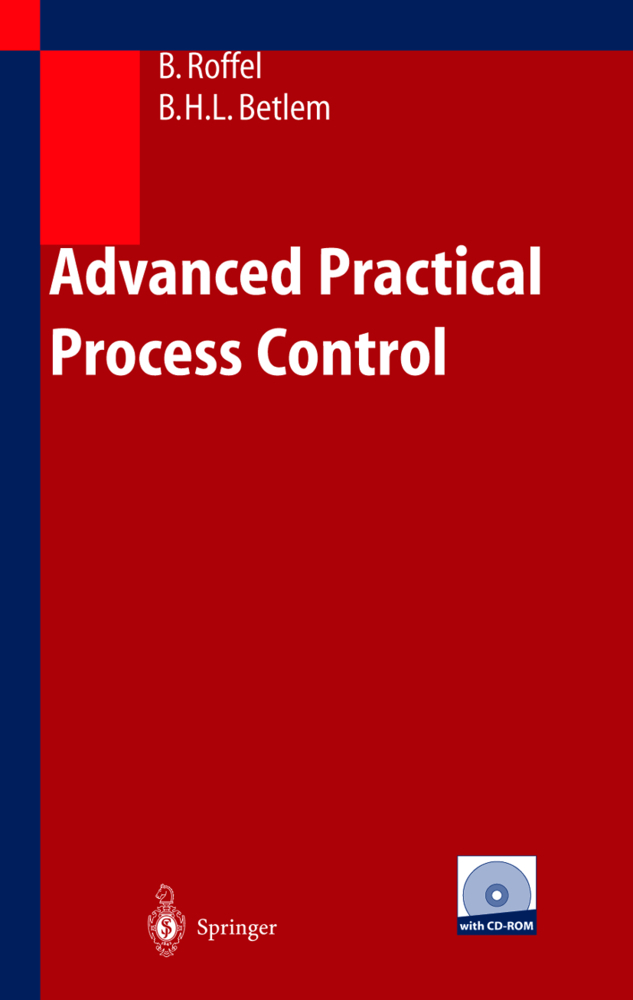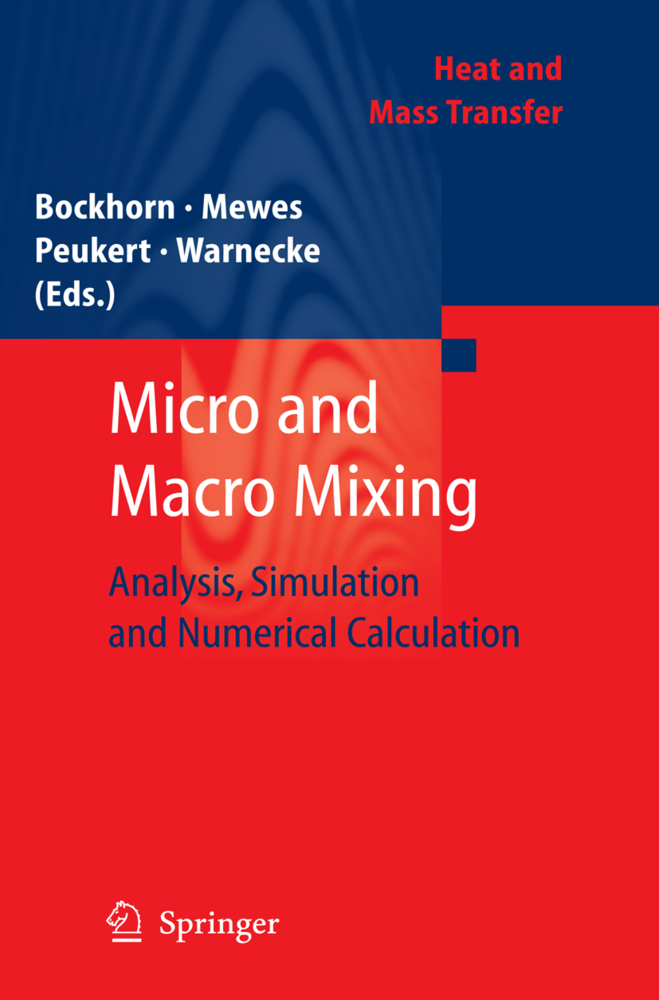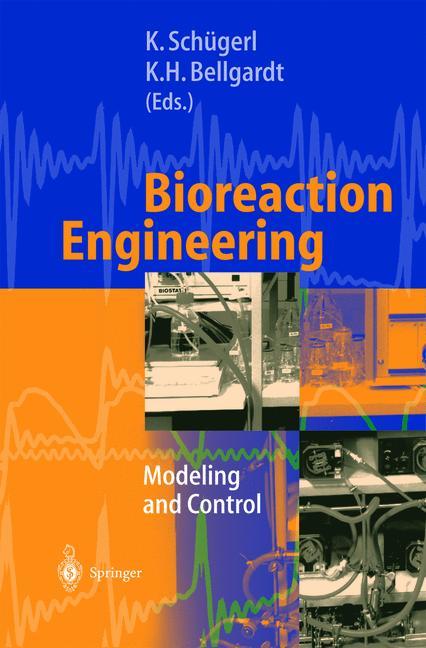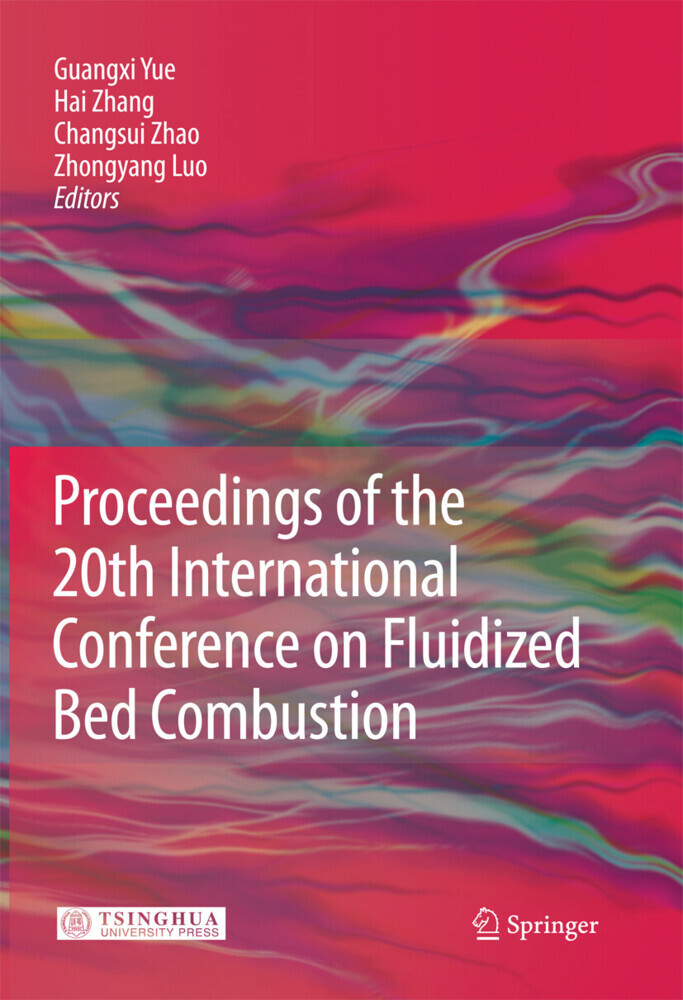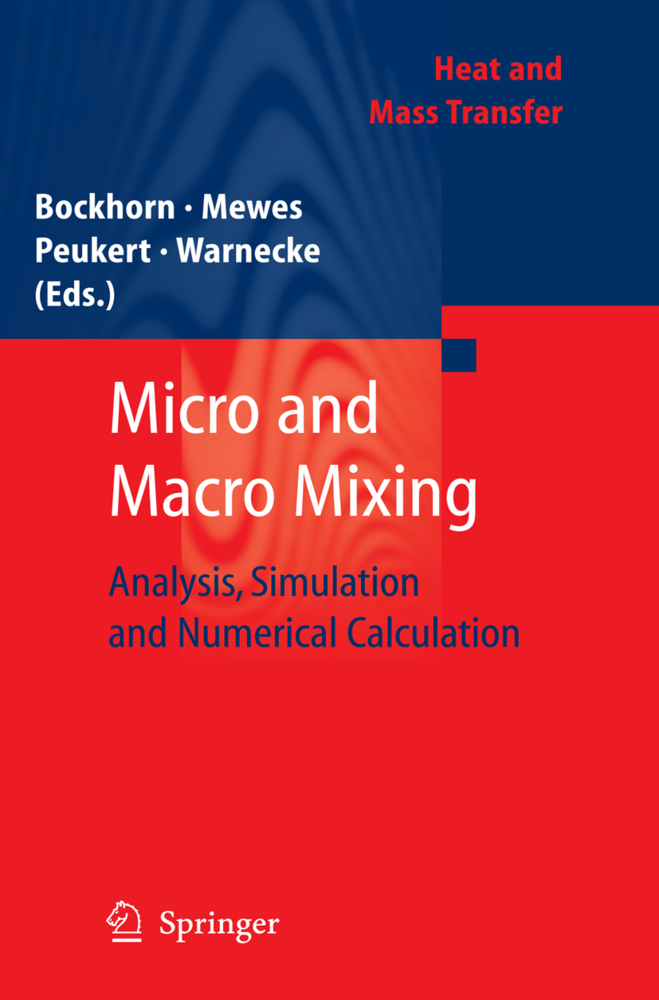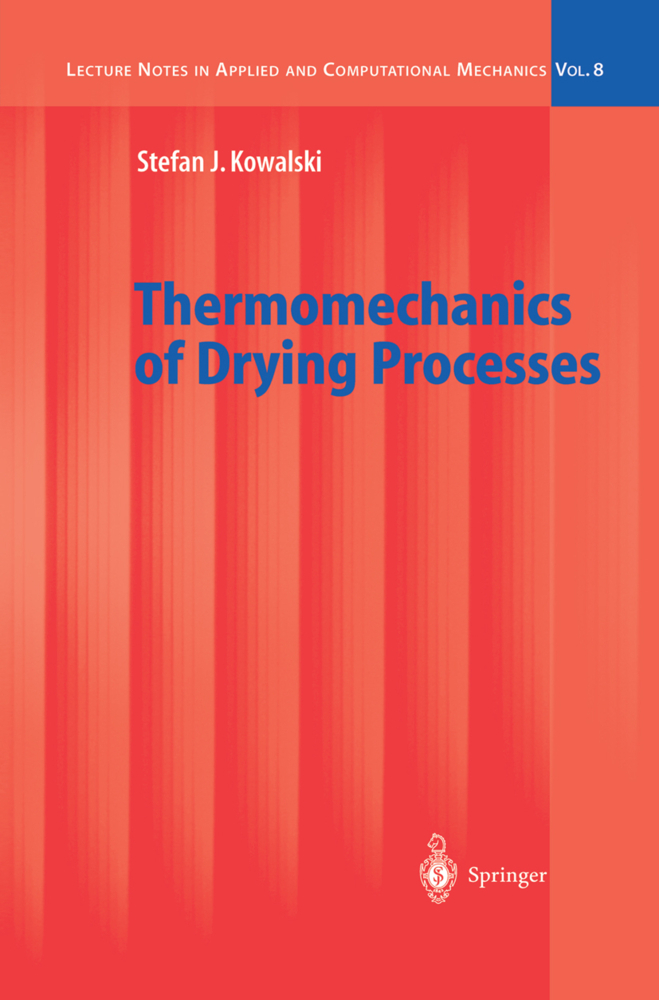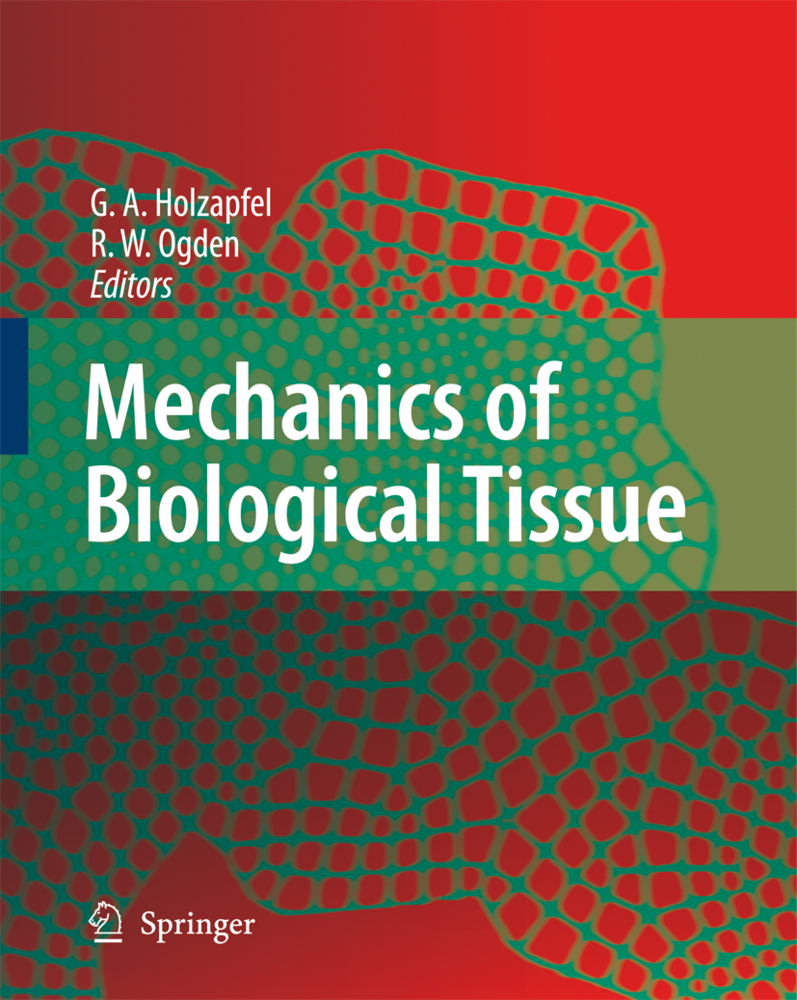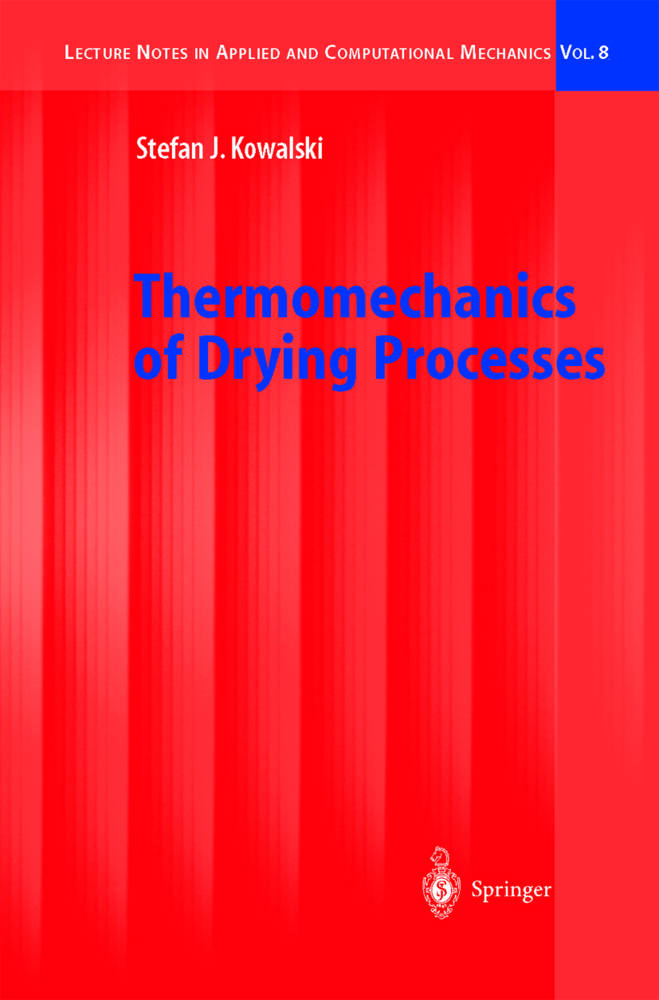Soft Computing Approaches in Chemistry
Soft Computing Approaches in Chemistry
The contributions to this book cover a wide range of applications of Soft Computing to the chemical domain. The early roots of Soft Computing can be traced back to Lotfi Zadeh's work on soft data analysis [1] published in 1981. 'Soft Computing' itself became fully established about 10 years later, when the Berkeley Initiative in Soft Computing (SISC), an industrial liaison program, was put in place at the University of California - Berkeley. Soft Computing applications are characterized by their ability to: - approximate many different kinds of real-world systems; - tolerate imprecision, partial truth, and uncertainty; and - learn from their environment. Such characteristics commonly lead to a better ability to match reality than other approaches can provide, generating solutions of low cost, high robustness, and tractability. Zadeh has argued that soft computing provides a solid foundation for the conception, design, and application of intelligent systems employing its methodologies symbiotically rather than in isolation. There exists an implicit commitment to take advantage of the fusion of the various methodologies, since such a fusion can lead to combinations that may provide performance well beyond that offered by any single technique.
2 Overview of a Genetic Algorithm
3 De Novo Design
4 Combinatorial Synthesis
5 Combinatorial Library Design
6 Reactant Versus Product Based Library Design
7 Reactant-Based Combinatorial Library Design
8 Product-Based Combinatorial Library Design
9 Library-Based Designs
10 Designing Libraries on Multiple Properties
11 Conclusion
References
Clustering of Large Data Sets in the Life Sciences
1 Introduction
2 The Grouping Problem
3 Unsupervised Algorithms
4 Supervised Algorithms
5 Evaluation of Clustering Results
6 Interpretation of Clustering Results
7 Conclusion
References
Application of a Genetic Algorithm to the refinement of complex Mössbauer Spectra
1 Introduction
2 Theoretical
3 Experimental
4 Results
5 Discussion
6 Conclusions
References
Soft Computing, Molecular Orbital, and Functional Theory in the Design of Safe Chemicals
1 Introduction
2 Computational Methods
3 Neural Network Approach
4 Feed-Forward Neural Network Architecture
5 Azo Dye Database
6 Concluding Remarks
Acknowledgement
References
Fuzzy Logic and Fuzzy Classification Techniques
1 Introduction
2 Fuzzy Sets
3 Case Studies of Fuzzy Classification Techniques
4 Conclusion
References
Further Reading
Application of Artificial Neural Networks, Fuzzy Neural Networks, and Genetic Algorithms to Biochemical Engineering
1 Introduction
2 Application of Fuzzy Reasoning to the Temperature Control of the Sake Mashing Process
3 Conclusion
Acknowledgements
References
Genetic Algorithms for the Geometry Optimization of Clusters and Nanoparticles
1 Introduction: Clusters and Cluster Modeling
2 Overview of Applications of GAs forCluster Geometry Optimization
3 The Birmingham Cluster Genetic Algorithm Program
4 Applications of the Birmingham Cluster Genetic Algorithm Program
5 New Techniques
6 Concluding Remarks and Future Directions
Acknowledgements
References
Real-Time Monitoring of Environmental Pollutants in the Workplace Using Neural Networks and FTIR Spectroscopy
1 Introduction
2 FTIR in the Detection of Pollutants
3 The Limitations of FTIR Spectra
4 Potential Advantages of Neural Network Analysis of IR Spectra
5 Application of the Neural Network to IR Spectral Recognition
6 Spectral Interpretation Using the Neural Network
7 Factors Influencing Network Performance
8 Comparison of Two and Three Layer Networks for Spectral Recognition
9 A Network for Analysis of the Spectrum of a Mixture of Two Compounds
10 Networks for Spectral Recognition and TLV Determination
11 Networks for Quantitative Spectral Analysis
References
Genetic Algorithm Evolution of Fuzzy Production Rules for the On-line Control of Phenol-Formaldehyde Resin Plants
1 Introduction
2 Resin Chemistry and Modelling
3 Simulation of Chemical Reactions
4 Model Comparison
5 Automated Control in Industrial Systems
6 Program Development
7 Comment
References
A Novel Approach to QSPR/QSAR Based on Neural Networks for Structures
1 Introduction
2 Recursive Neural Networks in QSPR/QSAR
3 Representational Issues
4 QSPR Analysis of Alkanes
5 QSAR Analysis of Benzodiazepines
6 Discussion
7 Conclusions
References
A Appendix
Hybrid Modeling of Kinetics for Methanol Synthesis
1 Introduction
2 Neural Networks
3 Hybrid Modeling
4 Feature Selection
5 Modeling of Methanol Synthesis Kinetics
6 Conclusions
A Appendix - Analytical Model of Methanol synthesiskinetics
Acknowledgements
References
About the Editors
List of Contributors.
Application of Evolutionary Algorithms to Combinatorial Library Design
1 Introduction2 Overview of a Genetic Algorithm
3 De Novo Design
4 Combinatorial Synthesis
5 Combinatorial Library Design
6 Reactant Versus Product Based Library Design
7 Reactant-Based Combinatorial Library Design
8 Product-Based Combinatorial Library Design
9 Library-Based Designs
10 Designing Libraries on Multiple Properties
11 Conclusion
References
Clustering of Large Data Sets in the Life Sciences
1 Introduction
2 The Grouping Problem
3 Unsupervised Algorithms
4 Supervised Algorithms
5 Evaluation of Clustering Results
6 Interpretation of Clustering Results
7 Conclusion
References
Application of a Genetic Algorithm to the refinement of complex Mössbauer Spectra
1 Introduction
2 Theoretical
3 Experimental
4 Results
5 Discussion
6 Conclusions
References
Soft Computing, Molecular Orbital, and Functional Theory in the Design of Safe Chemicals
1 Introduction
2 Computational Methods
3 Neural Network Approach
4 Feed-Forward Neural Network Architecture
5 Azo Dye Database
6 Concluding Remarks
Acknowledgement
References
Fuzzy Logic and Fuzzy Classification Techniques
1 Introduction
2 Fuzzy Sets
3 Case Studies of Fuzzy Classification Techniques
4 Conclusion
References
Further Reading
Application of Artificial Neural Networks, Fuzzy Neural Networks, and Genetic Algorithms to Biochemical Engineering
1 Introduction
2 Application of Fuzzy Reasoning to the Temperature Control of the Sake Mashing Process
3 Conclusion
Acknowledgements
References
Genetic Algorithms for the Geometry Optimization of Clusters and Nanoparticles
1 Introduction: Clusters and Cluster Modeling
2 Overview of Applications of GAs forCluster Geometry Optimization
3 The Birmingham Cluster Genetic Algorithm Program
4 Applications of the Birmingham Cluster Genetic Algorithm Program
5 New Techniques
6 Concluding Remarks and Future Directions
Acknowledgements
References
Real-Time Monitoring of Environmental Pollutants in the Workplace Using Neural Networks and FTIR Spectroscopy
1 Introduction
2 FTIR in the Detection of Pollutants
3 The Limitations of FTIR Spectra
4 Potential Advantages of Neural Network Analysis of IR Spectra
5 Application of the Neural Network to IR Spectral Recognition
6 Spectral Interpretation Using the Neural Network
7 Factors Influencing Network Performance
8 Comparison of Two and Three Layer Networks for Spectral Recognition
9 A Network for Analysis of the Spectrum of a Mixture of Two Compounds
10 Networks for Spectral Recognition and TLV Determination
11 Networks for Quantitative Spectral Analysis
References
Genetic Algorithm Evolution of Fuzzy Production Rules for the On-line Control of Phenol-Formaldehyde Resin Plants
1 Introduction
2 Resin Chemistry and Modelling
3 Simulation of Chemical Reactions
4 Model Comparison
5 Automated Control in Industrial Systems
6 Program Development
7 Comment
References
A Novel Approach to QSPR/QSAR Based on Neural Networks for Structures
1 Introduction
2 Recursive Neural Networks in QSPR/QSAR
3 Representational Issues
4 QSPR Analysis of Alkanes
5 QSAR Analysis of Benzodiazepines
6 Discussion
7 Conclusions
References
A Appendix
Hybrid Modeling of Kinetics for Methanol Synthesis
1 Introduction
2 Neural Networks
3 Hybrid Modeling
4 Feature Selection
5 Modeling of Methanol Synthesis Kinetics
6 Conclusions
A Appendix - Analytical Model of Methanol synthesiskinetics
Acknowledgements
References
About the Editors
List of Contributors.
Cartwright, Hugh M.
Sztandera, Les M.
| ISBN | 978-3-540-00245-1 |
|---|---|
| Artikelnummer | 9783540002451 |
| Medientyp | Buch |
| Copyrightjahr | 2003 |
| Verlag | Springer, Berlin |
| Umfang | X, 320 Seiten |
| Abbildungen | X, 320 p. 73 illus. |
| Sprache | Englisch |

